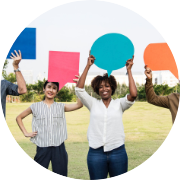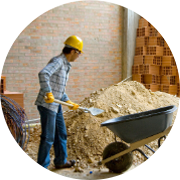
If you are prescribed opioids:
- Talk with your doctor to fully understand the risks and benefits of prescription opioids before taking them.
- Make sure you're getting care that is safe, effective, and right for you. Talk with your doctor about setting goals for management of your pain.
- Ask your doctor about non-opioid options for treating pain including other medications and nonpharmacologic options, like exercise.
- Always tell your doctor about any side effects or concerns you may have.
Practice Responsible Use:
- Never take opioids in greater amounts or more often than prescribed.
- Always let your doctor know about any side effects or concerns you may have about using opioids.
- Avoid taking opioids with alcohol and other substances or medications. It is very dangerous to combine opioids with other drugs, especially those that cause drowsiness.
- Do not share or sell your prescription opioids.
- Safely store your medications and dispose of any unused medications responsibly.
If you are prescribed opioids, there are ways to protect yourself and your loved ones. Practice these safe storage tips to avoid medication falling into the wrong hands.
Use a lock box to secure prescriptions.
A lock box is a safe alternative to a medicine cabinet and is used to prevent others from purposefully taking medications as well as preventing children from accidentally ingesting them.
Keep track of your medications.
Know the medications you have on hand, including the number of pills in each bottle. Use your prescriptions as directed for both your safety and to avoid any confusion about missing medications.
Dispose of unused medications.
Expired or unused medications should be properly disposed of as soon as possible. Leaving unused medications in the home creates more opportunity for misuse.
Talk to your family about your medications.
Explain to children and teens that you work closely with your doctor to ensure that your medications are safe and effective. Discuss the risks of taking medications that are not prescribed for you and that you are closely monitoring your medications at home.






